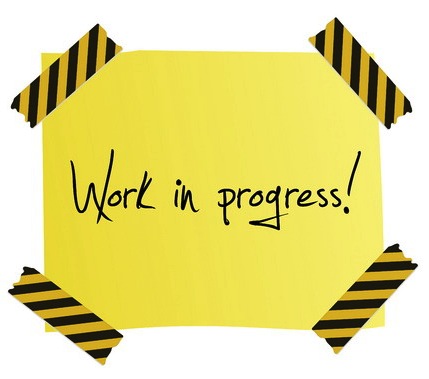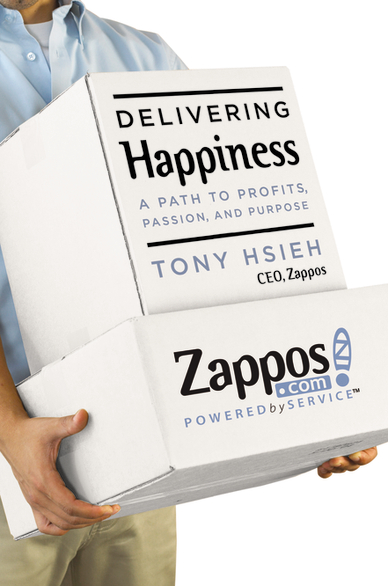The one doing the work, is the one doing the learning.
The one doing the work, is the one doing the learning.
The one doing the work, is the one doing the learning.
That has been reverberating in my head since Jay Howard said it at ASA last month[1]. I’d heard the underlying idea many times before, but it was the first time that it clicked in my head. All of a sudden I had the eyes to see my classes in a whole new way; I was doing almost all of the work.
You eventually learn that true priorities are like arms; if you think you have more than a couple, you're either lying or crazy.
— Merlin Mann (@hotdogsladies) April 10, 2009
Intellectually I was committed to a student-centric teaching style, but if you looked at how I was spending the 150 minutes I had with my students each week, you would conclude that “covering” all of the material was a priority. Worst part of it is, I knew enough to feel bad about my students passivity. My preoccupation with “covering” the material was making me miserable. My lecture notes had become the dog that walks it’s master.
The preoccupation with covering the material is also built upon a faulty logic. Typically when someone says they “covered” a topic in class they mean they lectured about it. In the past I worried that if I didn’t cover a topic my students would surely be unable to answer a test question about it. As if the act of hearing me define a concept gives my students the best chance at learning it. This can’t be true if “the one doing the work is the one doing the learning is true”.
There’s time for anything, but not time for everything. If I spend all of class time covering my material, then there will be no time for my students to actively engage the material. This semester I’ve cut about a 1/3 of the material from my lecture notes to make room for my student’s voices. When a great class discussion or activity runs long and I can’t cover all of the concepts I’d hoped to, I breath deeply and repeat:
The one doing the work, is the one doing the learning.
The one doing the work, is the one doing the learning.
The one doing the work, is the one doing the learning.
-
Jay gave someone credit for the quote during his talk, but I didn’t write down who it was. I searched the interwebs for a citation, but saw it credited to 4 separate authors. So to whomever credit the statement, thank you for facilitating my breakthrough. ↩






